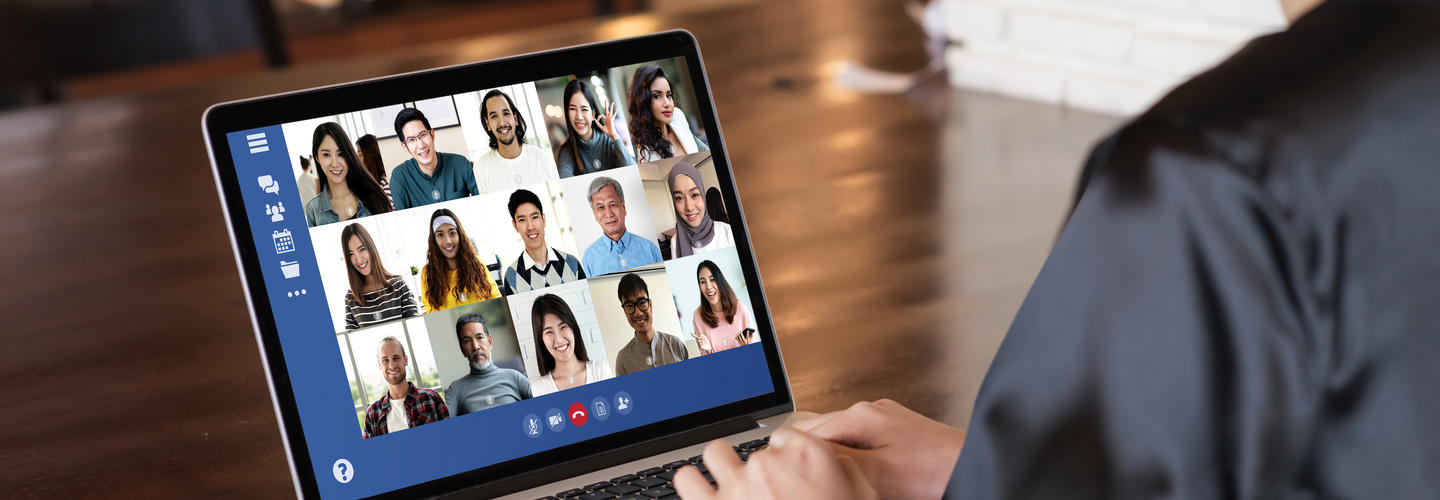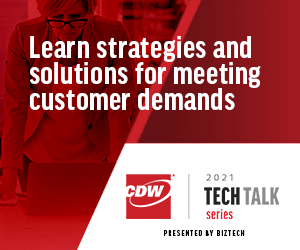The Challenges of Remote Work Continue to Evolve
Barbieri said the initial challenge with remote work was simple productivity, because a lot of the systems CDW and many of its customers had “simply weren't designed to be done in a digital manner or by leveraging cloud technologies or other functions. So, we had to rethink some of the operations and processes,” she said. “If we literally had some physical thing that worked its way through our workflow, we had to reimagine that in a digital construct.”
One of the most difficult changes was for people who were used to being able to get together and collaborate and solve problems with whiteboarding, Barbieri explained. “That was probably the hardest one, because it’s very difficult in the virtual environment.”
Barbieri and her team focused on solutions that would drive inclusion and transparency of communication. One of the tools the team leveraged was Microsoft Stream.
“We found that, in 2020, we also needed to take on the responsibility of trying to help fill some social gaps for people” when it came to coworker health and wellness, Barbieri said. “So, we did some fun things in our team’s channel. We actually added a channel called Watercooler where people could just post random thoughts.”
Leveraging technology to set up virtual happy hours and internet trivia competitions helped to generate an inclusive culture in which Barbieri sees value beyond 2020. “It is important to keep that up and allow people to connect on a more personal level than always just around a work function.”
Technology Will Need to Accommodate Employees’ Shifting Expectations
Jeff McGrath, senior director of product marketing at VMware, spoke during the webcast about the changes he foresees as companies move into a hybrid work mode.
At the outset of the pandemic, companies were focused on enabling remote work and preventing a disruption to business operations. “IT was burdened with bursting capacity to home — getting people physically at home, getting them devices, getting application capacity up to fulfill a completely remote workforce,” he said.
McGrath said he sees a lot of VMware’s customers currently wondering “what is that going to look like going forward in terms of the office or at-home balance, and how do we relocate our processes and procedures to support potentially a fully remote workforce going forward?”
He quoted research conducted by VMware that found 61 percent of employees “today think that remote work is no longer a perk but a requirement. So, there's certainly an expectation being set. And 90 percent think it's incumbent upon the employer and IT to deliver the tools they need to work from home.”












